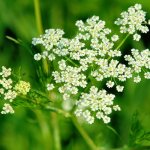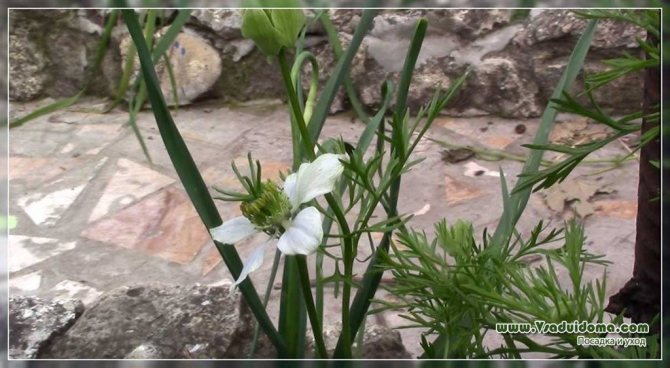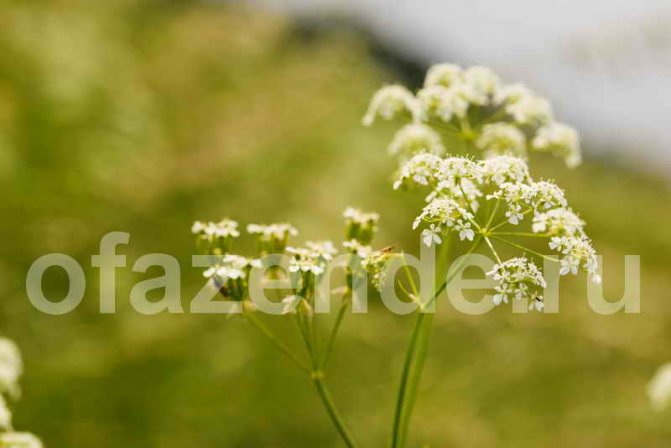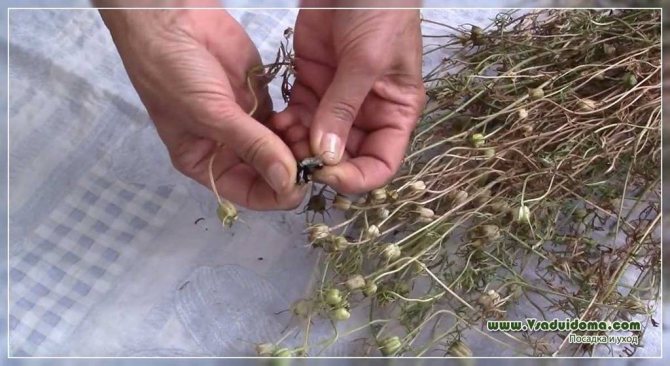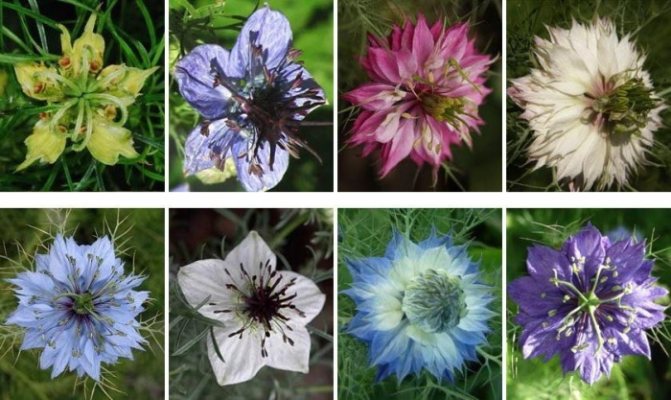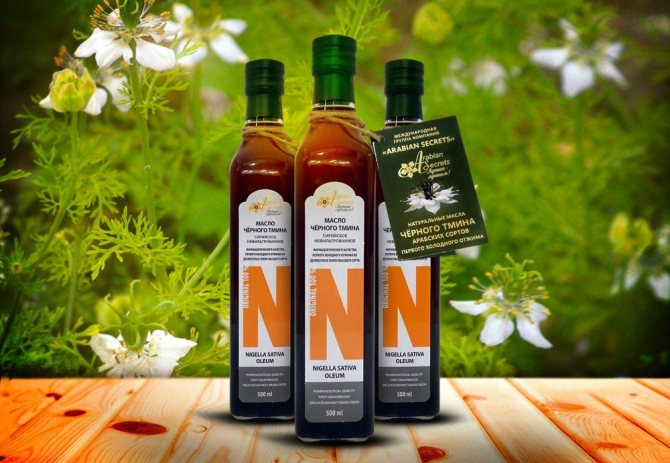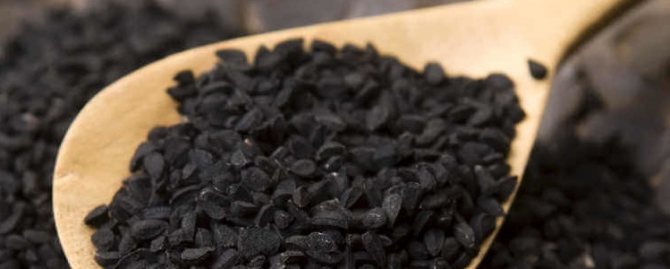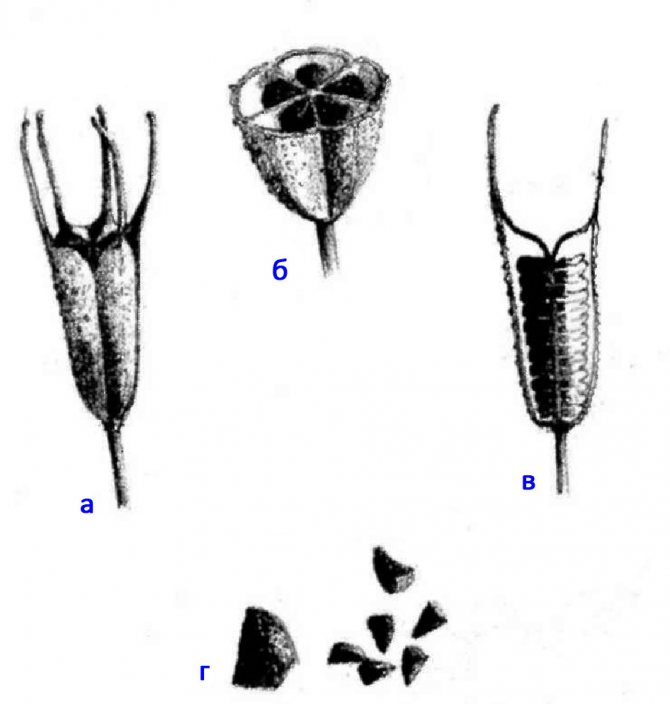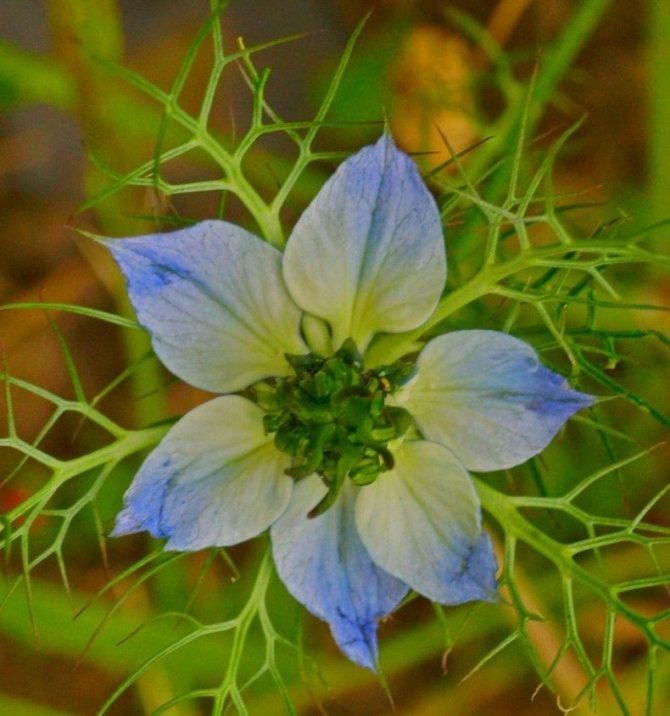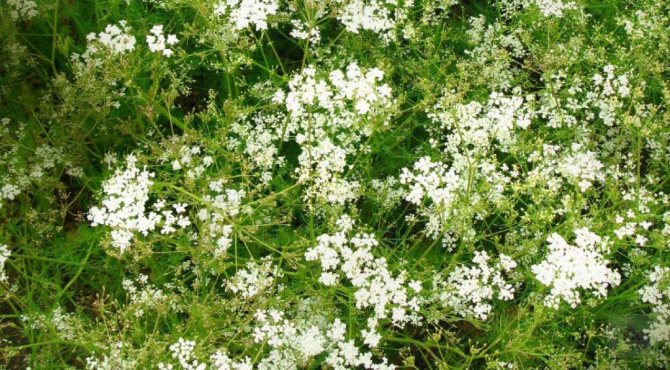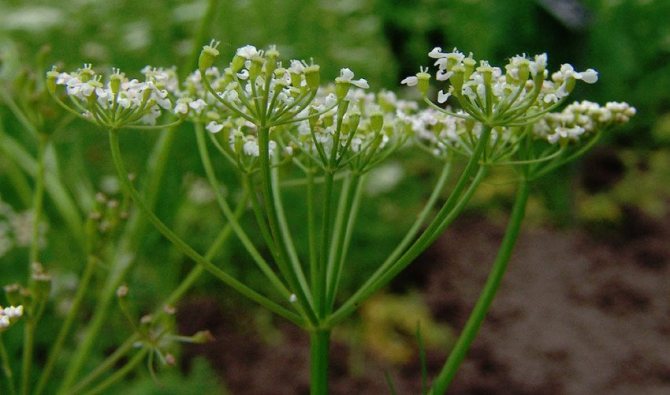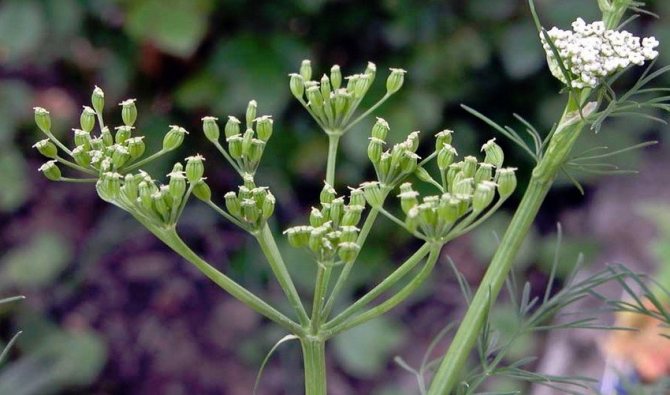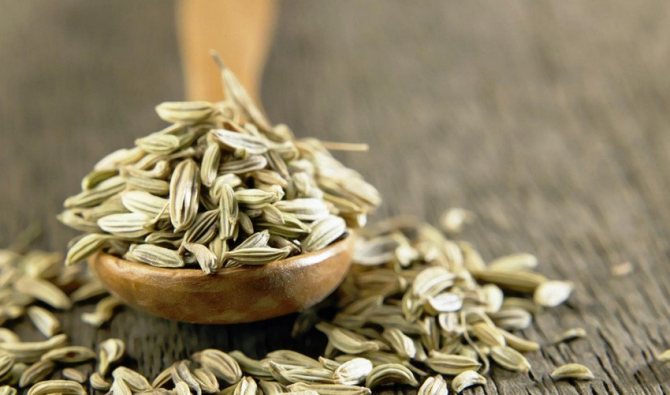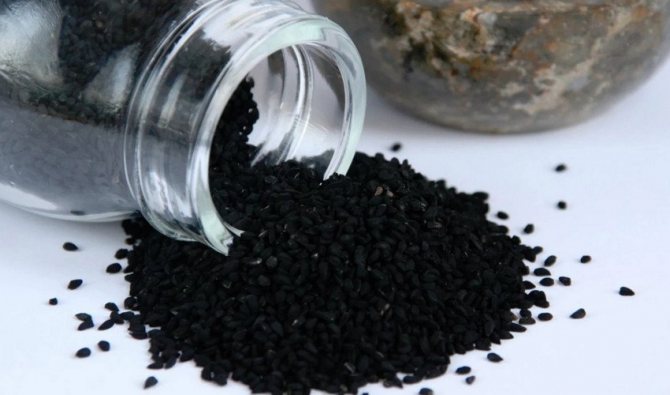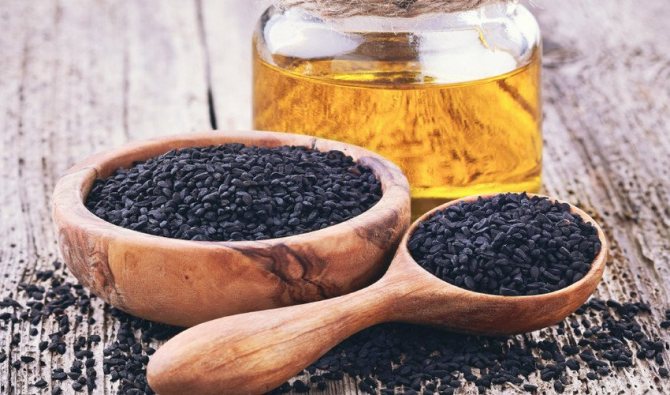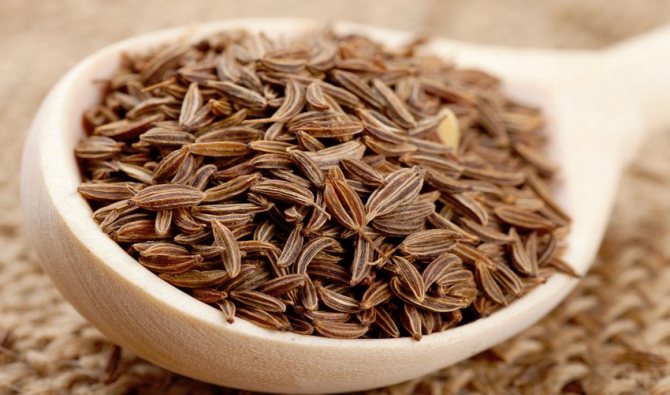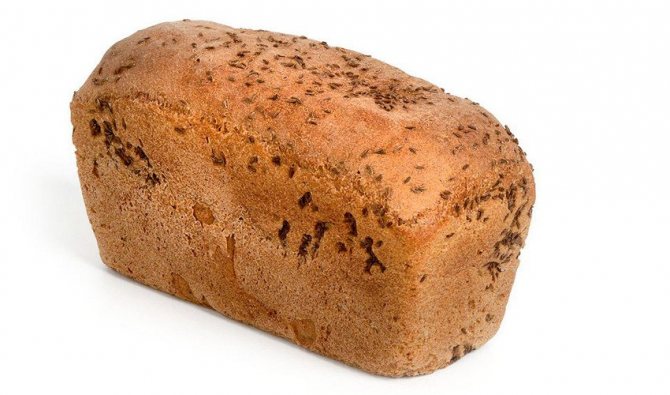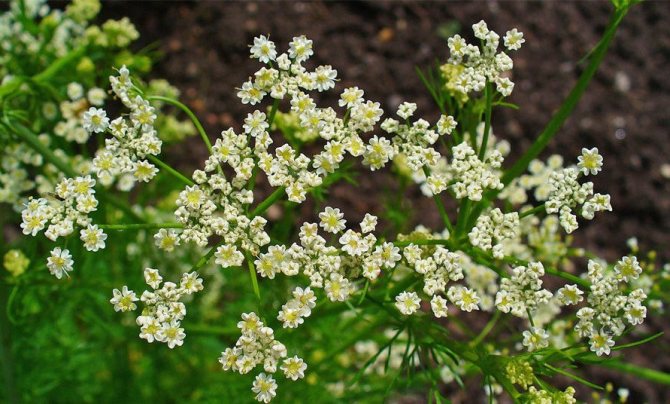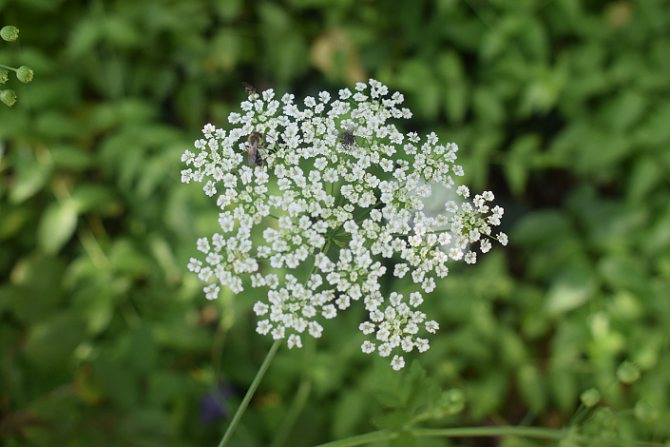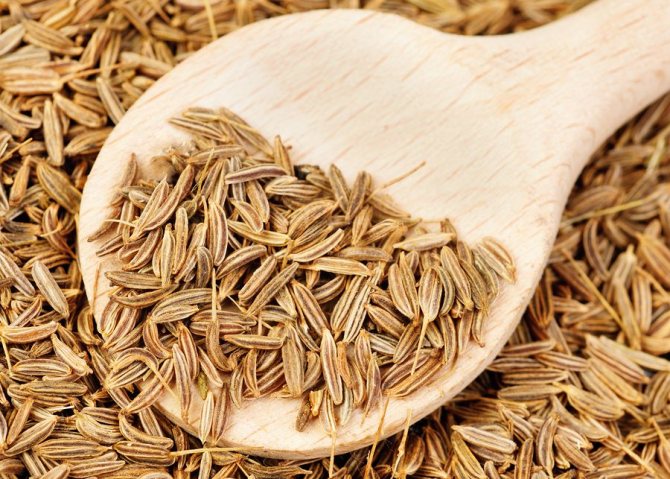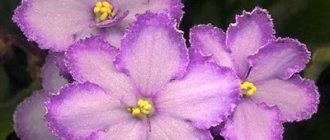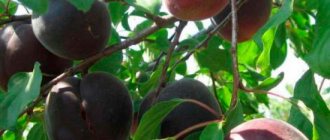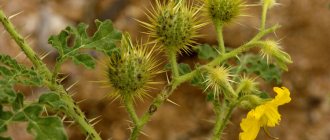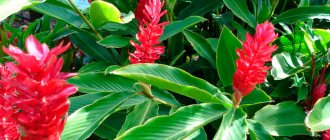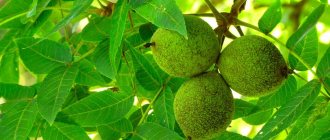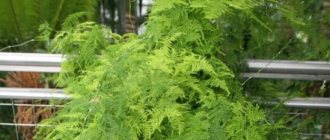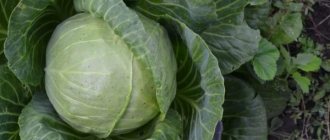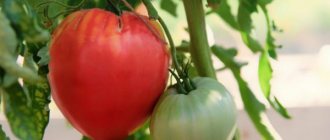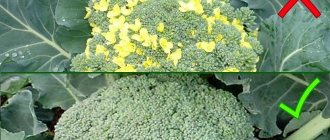In the world of culinary, different products are used to add aroma and zest to dishes! After all, you see, without some spices, food would seem bland and uninteresting. A small pinch of spice can turn the flavor of a dish 180 degrees. And one of these spices is cumin. The beneficial properties of this spice are valuable in the prevention and treatment of various diseases. Therefore, cumin is used not only in cooking, but also in medicine and cosmetology. Let's take a closer look at the caraway seasoning in this article.
What does caraway look like - photo
Caraway is a short plant, usually up to one meter in height, ending in a small "umbrella". This plant has a rather powerful root resembling a spindle, the stem is smooth, the next leaves are placed from root to top, they become smaller and smaller towards the top of the plant. The stem is formed in the second year of the plant's life, each shoot has one inflorescence. The whole part of the cumin can be seen in the photo of the plant
Caraway flowers are small enough, white, and consist of five petals. The fruited plant is the fruit of this plant, by the end of ripening it splits into two halves, the stem by that time almost completely dries out and turns brown. This plant blooms throughout the summer, the fruits begin to form closer to autumn in the second year of the plant's life.
Grains, black cumin seeds are small, up to several centimeters in length, elongated black grains, somewhat reminiscent of rice. It is worth taking a look at the photo of the seeds so that it is clear how exactly the seeds should look.
Chemical and vitamin composition
The composition and nutritional value of 100 g of caraway seeds are as follows:
- proteins - 19.8 g;
- fats - 14.6;
- carbohydrates - 11.9 g;
- water - 9.87 g;
- ash - 5.9 g.
| Vitamins: | Minerals: |
|
|
In addition, the seeds contain up to 7% of essential oils, flavonoids (including quercetin, kaempferol and coumarins). Fats include polyunsaturated fatty acids (linoleic, linolenic, Omega-3 and Omega-6).
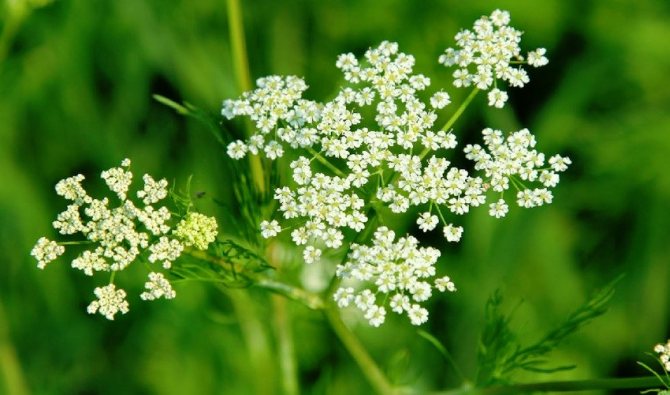
What color is black cumin oil?
The color of the seed-based oil is dark brown, intense. There should be no sediment at the bottom of the bubble, although sometimes unscrupulous sellers claim that its presence is normal.
Oil must be stored and sold in dark glass containers, it must not be exposed to sunlight. Store the oil in a cool, dark place and seal tightly after use to maintain its beneficial properties.
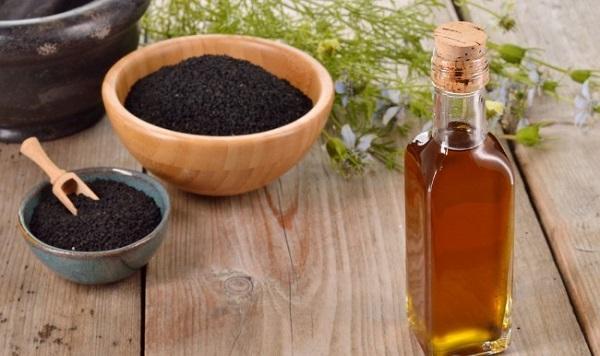

Features of harvesting
Seed umbrellas are harvested as soon as they turn yellow and dry (mid or late August). Branches with inflorescences are cut and grouped into bunches, after which they are hung to dry in a dry and well-ventilated place.
Subsequently, seeds are extracted from the well-dried inflorescences by rubbing the umbrellas between the palms or carefully using a wooden mortar to thresh the testes so as not to crush the seeds in the process. Threshed seeds are separated from dry plant debris using the wind. In the future, dry seeds are stored in glass jars.
Did you know? In the East, black cumin is used as a substitute for black pepper.At the same time, the oil squeezed out of it is appreciated in cosmetology as a means for rejuvenating facial skin massage.
Caraway seeds are used in cooking, medicine and cosmetology. It is not difficult to grow anise seeds in the country, for this it is enough to wait for the shoots after sowing the seeds and provide the plants with full care for the entire growing season.
Where grows
The seasoning is widespread in the European part of Russia, Central Asia, in the Caucasus. This plant is extremely unpretentious, it can grow even along the side of the road. It should be noted, however, that it will grow best in warm climates and well-prepared soil.
Important! However, you should not collect a plant growing near roads, landfills, large enterprises and factories. The plant easily accumulates various heavy metals and harmful substances.
Solvent-free cold pressing
Still, the most valuable is black cumin oil. For example, a person will have to eat a huge amount of seeds to get the effect that only 1 teaspoon of oil has on his body.
In order to produce black seed oil as a worthy nutritional supplement, natural oil must be obtained by cold pressing, although the yield is lower than with other methods. Otherwise, the valuable unsaturated fatty acids will be destroyed by high temperatures. It is also obvious that the oil must be of the first extraction, thus it will not contain "oil cakes" from the remnants of ground grain, which require repeated washing of the oil, moreover, natural cold-pressed oil does not "stretch" like oils of inferior quality.
The traditional oil extraction process uses organic and chemical solvents. A book about black cumin, which was published in Egypt a few years ago, describes methods for obtaining oil using a solvent hexane (an ingredient in gasoline): put ground black cumin seeds in a large container filled with hexane (gasoline) for 6 to 8 hours , and keep in constant motion. Heat the mixture to a temperature of 35-40 ° C (according to sources, the temperature can even reach 60 ° C) - the elements of hexane (gasoline) will evaporate, and the fatty oil will remain. The essential oil is obtained by steam distillation. If you think about a food supplement obtained in this way ... hmm, what is your opinion on this?
In order to eliminate the use of such elements, some importers bring seeds to the country where the oil must be sold in order to control the pressing process. This ensures that the oil is cold pressed and does not lose any of its quality due to repeated pouring from container to container. Nevertheless, there are still problems such as long-term transportation and storage, because not only the oil, but also the black cumin seeds themselves are very sensitive to environmental influences and susceptible to oxidation.
Growing
If you have a summer cottage and a prepared greenhouse, you can start growing the seasoning yourself, this plant is unpretentious. However, it should be borne in mind that it is possible to collect seeds only in the second year of growth, when the fruits of the plant finally appear. Caraway is propagated by seed.
The better the quality of the soil and fertilizers, the better, however, the plant can grow and develop calmly even in minimally favorable conditions. The soil must be moist, so planting is best done in the spring. At the same time, caraway normally tolerates cold; it should not be covered for the winter.
Before sowing, it is advised to soak the seeds in water for several days, since they germinate rather slowly. When the seeds germinate, be sure to dry them before final sowing.When sowing, they should be embedded 2 to 4 centimeters into the dug soil; seedlings should be expected in a few weeks.
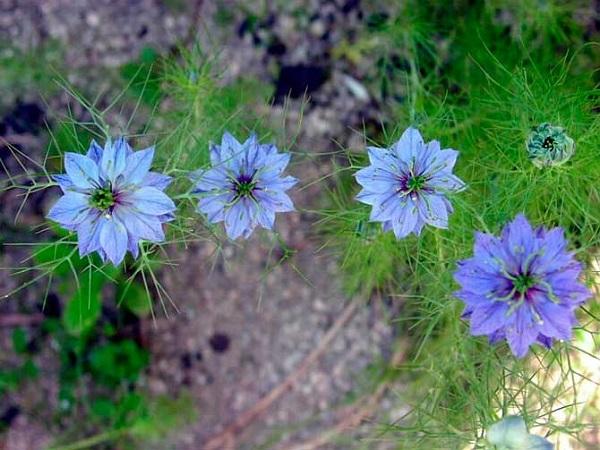

Planting care is simple, if the seedlings are dense, they should be thinned out after the first leaves appear. Subsequently, you should regularly loosen the soil and water abundantly, caraway loves moisture. You also need to remove weeds in a timely manner.
Important! At the same time, experts advise to purchase ready-made dried seeds or oil prepared on their basis; it is often quite difficult to process the plant at home.
Planting caraway seeds in open ground
In areas suitable for the climate for this crop, cultivation can be carried out by direct sowing of seeds in the soil in the spring. You can also grow anise in greenhouses, containers or pots. Some of the seeds can be sown under cover starting April 20, or sown outdoors in early May.
In any case, it is advisable to cover the plantings with spunbond until the end of May in order to protect the plants from night return frosts. Caraway can also be grown through seedlings, transplanting seedlings into open ground with the arrival of heat.
We advise you to learn about the features of the use of cumin for the human body.
Selection and preparation of seeds for planting
The seeds of this culture contain a fairly large amount of essential oils that impede germination. In order for the seed to sprout quickly and amicably, it must be soaked for five to six hours. For soaking, the seeds are placed in a thin layer on top of a wet woolen cloth and rolled into a roll.
When soaking, it is impossible to simply pour the seeds with water, since they can suffocate, which will provoke their further decay in the soil. At the end of the soaking procedure, the seeds are shaken off the wet cloth onto a newspaper sheet and slightly dried; then they can be used for sowing.
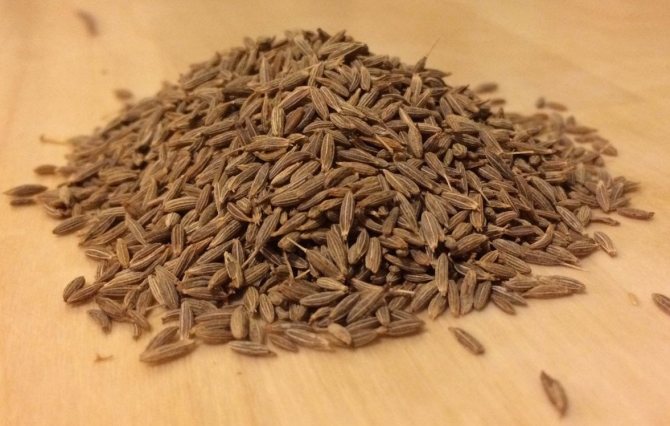

How to prepare the soil for planting cumin
Before sowing, you need to prepare the land in the garden.
Landing area preparation:
- In early spring, as soon as the soil in the garden dries slightly, the future bed is cleaned of last year's plant debris using a rake.
- Next, mark the boundaries of the beds for anise and lay out well-rotted animal manure or compost inside these boundaries. Five buckets of organic fertilizers will be enough for a 5 m² garden.
- Fertilizer is distributed over the entire surface of the bed evenly, after which they dig up the earth with a turnover of the layer in order to embed organic matter into the soil.
- The soil on the dug-up bed is leveled with a garden rake, forming a soil layer so that from the middle of the bed to the edges, a slight slope of 3-5 cm is obtained. Such a slope will help to drain excess moisture from the surface of the bed onto the path.
Important! Fertilizing the garden and sowing caraway seeds can be done in late autumn, before the onset of frost. During the winter, organic matter will partially decompose and enrich the soil with nitrogen, and the seeds will be stratified.
Scheme and rules for sowing cumin
This is an unpretentious plant, but for normal development and growth it requires a certain living space. Anise cannot withstand excessive density, therefore, its sowing and further cultivation must be carried out taking into account these requirements.
How to sow cumin outdoors:
- On the dug-up bed, sowing furrows are made with a depth of about 5 cm and with an interval between rows of at least 30 cm.
- Furrows are watered; after the moisture is absorbed into the ground, seeds are spread along the furrows. 2-3 seeds are placed in one hole, an interval of 35-40 cm is observed between the holes.
- After the anise seedlings reach a height of 5–7 cm, it is necessary to thin out the young plants. This is done so that after thinning there is only one plant left for every 40 cm.Excess seedlings are removed from the garden, but if the gardener wishes, they can be transplanted to another place, they will easily take root.
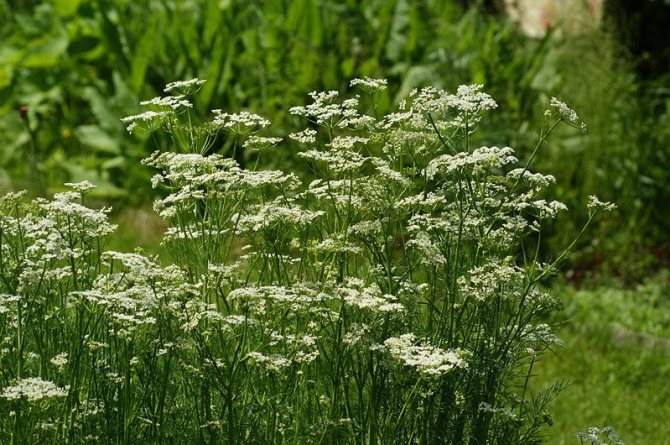

Application
Only dried seeds are suitable for use in cooking and medicine; some folk medicines are produced on their basis, oils, used everywhere, are added to food. The seeds have a spicy taste, slightly bitter, reminiscent of fennel or dill.
Common caraway, an even more common seasoning, has similar properties. There is not much difference between the two varieties, however, traditional medicine experts often note that the beneficial properties of black cumin are much more pronounced.
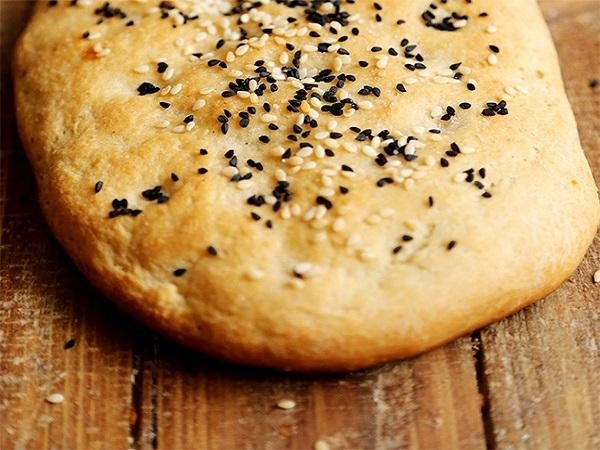

Important! Even just using the seeds for cooking on an ongoing basis will allow you to notice the positive effects of cumin on the body. Especially often seasoning is added to baked goods to add a spicy taste and aroma, to meat and vegetable dishes.
Cumin-based oil is also used in cosmetology. It is believed that the oil has a positive effect on hair growth and texture, improves hair condition, and gives a healthy shine. Therefore, on its basis, various useful masks are made.
Features of caring for caraway seeds in the open field
The culture is grown to produce fragrant seeds, so the purpose of cultivation is to form strong and extensive seed-bearing umbrellas. Gardeners have long noticed that large and healthy seeds are produced only by a well-developed mother plant, therefore, it is necessary to provide caraway with all conditions for growth: fertilization, watering, weeding and loosening.
Did you know how caraway is different from dill?
Before germination
During this period, all care consists in maintaining the soil in a slightly damp state. For these purposes, you can carry out moderate watering every 2 days, or immediately after sowing, cover the bed with non-woven agrofibre, which will not allow moisture to evaporate from the soil. Before the first shoots appear, loosening of the soil is not carried out, since the gardener can damage the germinating seedlings with a sharp garden tool.
In the first year of life
In the first year of cultivation, the task of the gardener is to promote the growth of a powerful root system of anise, thanks to which the plant will develop strong testes next year.
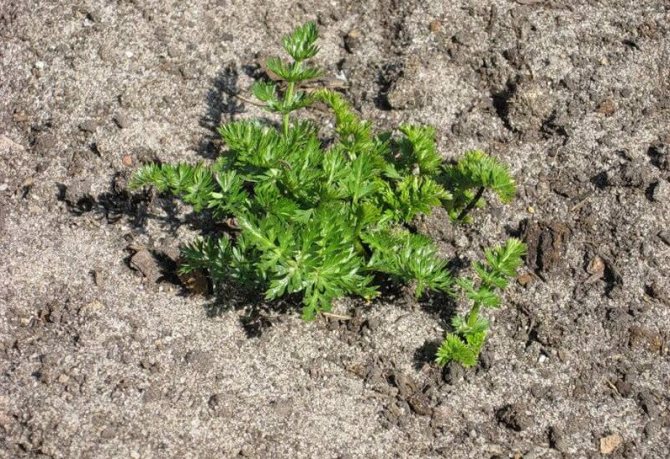

Care of young plants after seed germination:
- In the first stages of growth, young cumin is watered very carefully, feeding into the water only to the base of the stems, very moderately. To avoid erosion of the soil and disclosure of the root system, use a garden watering can with a fine water diffuser. Young plants are often watered, but as the caraway grows, watering is gradually reduced to one per week. In cases of extreme heat, it is recommended to water the seedlings abundantly early in the morning or late in the evening with water at room temperature.
- Weeding is regularly carried out in the aisles to clear the soil of weeds that can suffocate young seedlings. Loosening is also carried out to supply oxygen to the roots of plants.
Important! To exclude future uncontrolled growth of caraway seeds in the garden, it is advisable to cut the testes from the plants before the seeds begin to fall out of them. Caraway seeds can also be spread in nearby areas by insects and birds and litter vegetable beds.
Adult plant care
The grown bushes still need regular weeding of the row spacings, so that they always remain free of weeds. The frequency of watering adult plants is reduced, and in regions where summer rains occur at intervals of three to four times a month, they stop altogether. Since the plant throws out the seed umbrellas the next year of the growing season, dry stems are removed from the garden in the fall. With the arrival of winter, more snow is thrown onto the anise bed to warm the caraway roots.
In the second year of the growing season, the plant throws out flower arrows, at the ends of which umbrellas are formed (like dill).The more powerful the plant, the more extensive the seed umbrella and the larger the seeds in it. One gram can contain more than 350 pieces of large or about 700 pieces of small anise seeds.
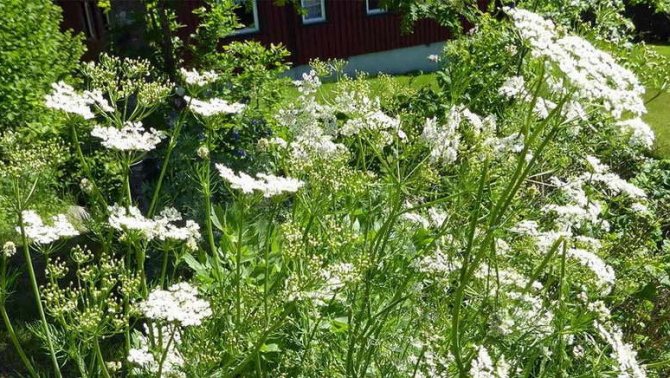

A month after the formation of the testes, the flower arrow is tied up to strengthen it to the support. This will help keep the grass stems from breaking in strong winds or rainstorms.
Useful properties and contraindications
The substances contained in this plant make it possible to use it in medicine, cumin and oil based on it have tonic properties that strengthen the immune system and the body. Cumin has been used to treat various diseases for several thousand years.
Most often it is used for various diseases of the gastrointestinal tract. This herb improves bowel function, helps reduce gas production, reduce bloating, and speed up metabolism and digestion. Cumin is used for intestinal disorders, stomach atony and a number of other diseases.
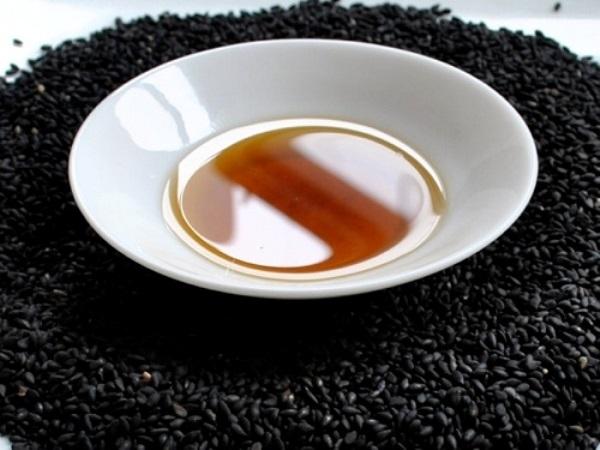

In nursing mothers, cumin helps to increase the amount of milk, the seasoning stimulates its production. Moreover, in comparison with many other means used for this purpose, cumin is practically absolutely safe when used rationally.
Cumin oil helps to improve the condition of the skin in many conditions. It is advised to use it for psoriasis, it helps to reduce flaking and strengthens the immune system. Some experts in traditional medicine argue that with the help of caraway you can even treat cancer, but this can be attributed, rather, to an exaggeration of the capabilities of a traditional medicine.
However, the seasoning has its own contraindications. It should not be taken during pregnancy as essential oils and other ingredients in the seasoning can stimulate labor. Also, do not use oil and seasoning for allergies, hypersensitivity.
Otherwise, cumin can be used with almost no restrictions, it is an extremely useful and affordable seasoning.
Properties of cumin for the human body
Common caraway, due to its rich composition, will benefit people who use it. However, when taken in large quantities, it should be noted that this spice has contraindications.
Useful properties of cumin
- Common caraway has the following positive effects on the human body:
- improves digestion and increases appetite;
- helps with excessive accumulation of gases;
- used as a diuretic;
- eliminates constipation;
- activates the work of the endocrine glands;
- removes phlegm and is useful for coughing;
- has a choleretic effect and is good for the liver;
- exhibits antiseptic properties;
- inhibits pathogenic microflora, decay and fermentation processes, parasites;
- strengthens the immune system;
- has antioxidant activity;
- has a good effect on metabolic processes;
- has a calming effect on the body, relieves spasms, helps with insomnia and migraines;
- tones the body, stimulates physical and mental activity.
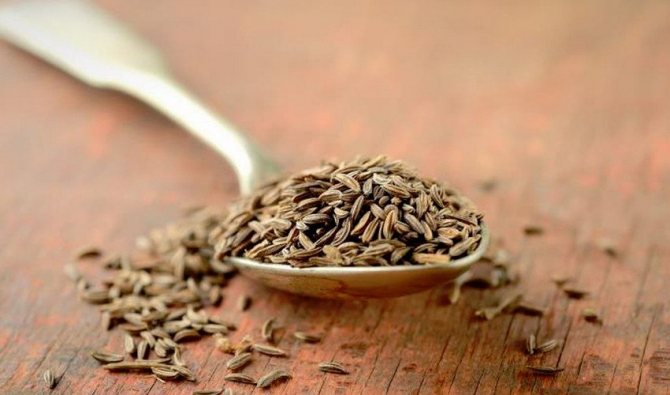

These seeds are useful for adults and children, especially lactating women, as they can cause a rush of milk and help to remove excess gas, eliminate constipation, and are useful for colic in a baby. Also useful for women planning pregnancy.
Pregnant women can use them, but in limited quantities, they can help with bloating and constipation. They can be used for painful periods.
In men, this plant will not only increase potency, but also improve the quality of sperm, serve as an auxiliary treatment for problems with the prostate.
Did you know? In the Middle Ages, cumin was used not only to season dishes, but also to make a love potion from it, and put it in amulets.
There are many recipes for losing weight with this plant, since its fruits and tea from them improve metabolism.
Harm and possible contraindications
During pregnancy, you should not consume a lot of caraway seeds, as their tonic properties affect the uterus and can cause miscarriage or premature birth.
- There are the following contraindications for taking cumin:
- allergy to this product;
- exacerbation of pancreatitis and gastrointestinal diseases;
- increased acidity;
- after a heart attack and with thrombophlebitis;
- cholelithiasis.
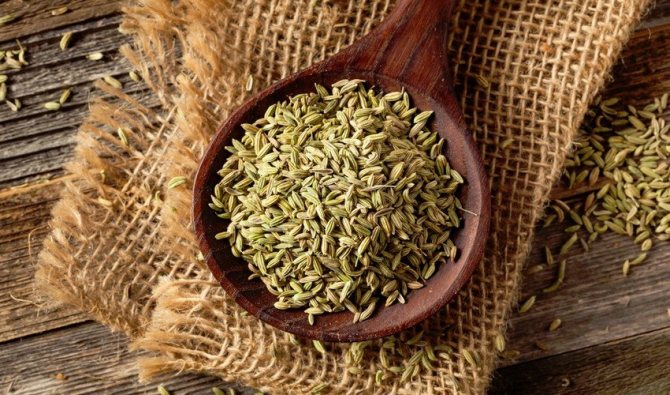

Eastern cumin - an inconspicuous flower and an extraordinary inflorescence
Oriental cumin (Nigella orientalis) can also be found in some home gardens, although it is much less common for it than for the Damascus or Spanish varieties. This leads to the invisibility and slight decoration of the plant during flowering. The flowers of oriental cumin are yellowish and rather nonspecific. In turn, when this plant has already blossomed, it can take possession of the uniqueness of its fertility. At the top is a kind of crown - an element that florists are willingly using to create dry bouquets. This unusual inflorescence is also appreciated by a certain group of gardeners. It can be an original decoration of the village discounts.
Oriental cumin (like Damascus and Spanish) does not cause problems when growing. However, it is good to provide it with a permeable and moist soil and show on ledges in full sun.... We will get the seeds for sowing from most garden shops. The sooner they are placed in the soil, the earlier the plant will bloom and the more expected fruit will appear on it. Remember, however, that early sowing must be done at the inspection... No variation of black cumin is frost resistant.
Cumin and cumin - what is the difference between them
Caraway is sometimes confused with cumin, many mistakenly believe that it is the same thing, the differences between these two spices are clearly shown in the photo:
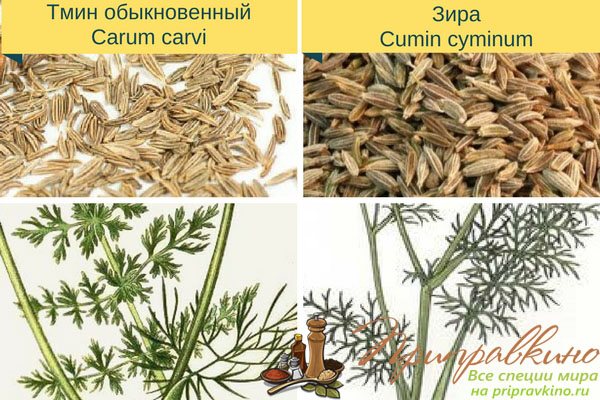

Zira is more pungent in taste, lighter in color, and the seeds are larger than those of caraway. The aroma of cumin is also different from that of cumin: it is stronger and more spicy due to the content of essential oils.
Zira is the dried seed of the Cumin cyminum plant, which looks like parsley. The seeds are used both in whole and in the crushed form in the cooking of many countries. You will learn more about zira from this publication.
The caraway seeds from the Carum carvi plant are crescent-shaped, long, with five pale ribs.
Caraway is more common in German cuisine, where it is usually consumed whole rather than ground. It has an anise-like aroma and flavor that is popular in breads, especially rye, but also in cheeses, sauerkraut, and root vegetables.

